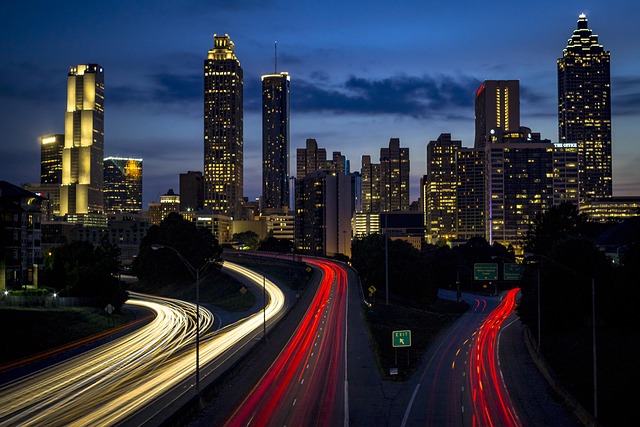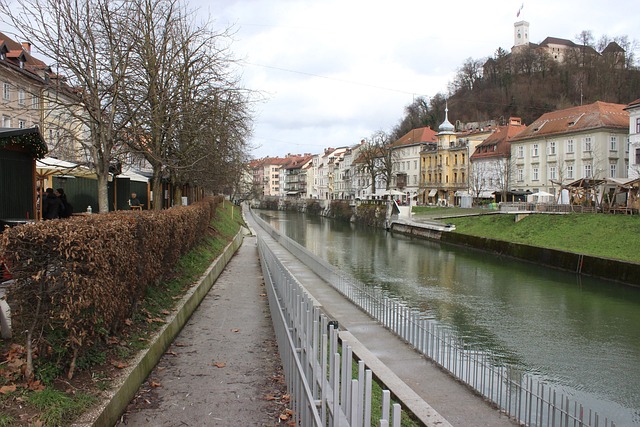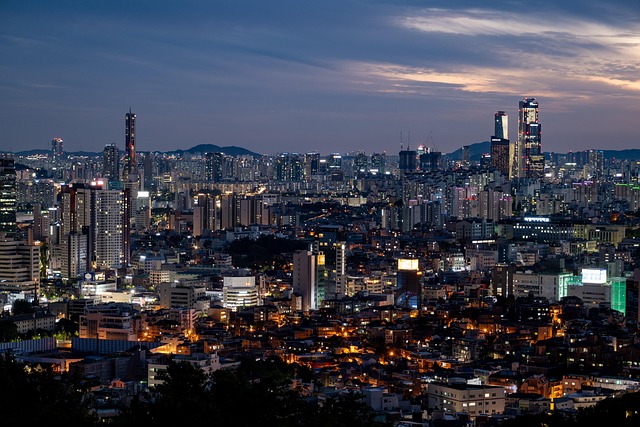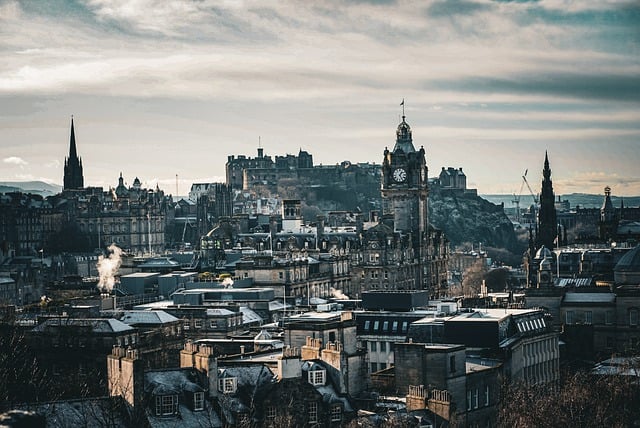Karachi, Pakistan's economic backbone, has seen its road infrastructure evolve from colonial-era designs to modern thoroughfares, but rapid urbanization has led to significant challenges. The city struggles with deteriorating roads, traffic congestion, and poor maintenance, impacting residents' daily lives. Efforts are underway to modernize Karachi's roads, focusing on reconstruction, advanced traffic management systems, and smart urban planning. By implementing resilient road construction, dedicated transport lanes, and intelligent technology, Karachi aims to become a leader in sustainable urban mobility, improving connectivity and quality of life for its diverse population.
Karachi, Pakistan’s economic heartbeat, has seen its road conditions evolve alongside its rapid urban growth. This article delves into the historical context of Karachi’s roads, exploring the challenges posed by rapid urbanization and the strain on its infrastructure. We analyze efforts made to improve road conditions and look ahead to future prospects, focusing on enhancing Karachi’s network for a more sustainable and connected city. Keywords: Karachi, road conditions, urban growth, infrastructure development.
- The Historical Context of Road Conditions in Karachi
- Challenges Facing Karachi's Road Infrastructure
- Impact of Rapid Urbanization on Roads in Karachi
- Efforts Towards Improving Road Conditions in Karachi
- Future Prospects for Enhancing Karachi's Road Network
The Historical Context of Road Conditions in Karachi
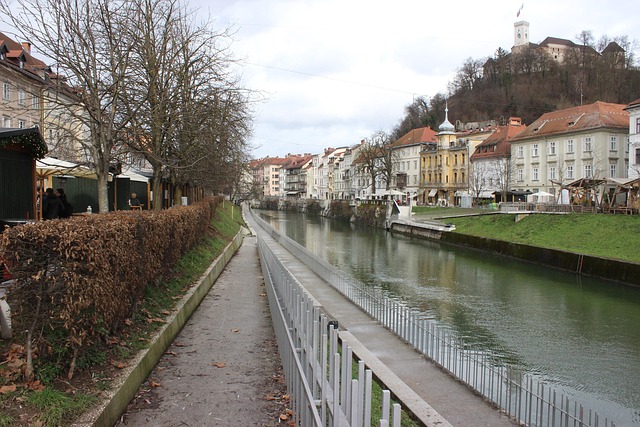
Karachi, as one of Pakistan’s most populous and vibrant cities, has witnessed a significant evolution in its road infrastructure over the years. Historically, the city’s roads were narrow, unpaved, and often congested, reflecting the challenges of rapid urbanization without adequate planning. During the colonial era, the British administration made efforts to improve connectivity through the construction of broader avenues and ring roads, leaving behind a legacy of well-designed thoroughfares that still form the backbone of Karachi’s street network.
However, with the city’s exponential growth post-independence, the strain on these roads became evident. The 1980s and 1990s saw a surge in vehicle ownership, leading to severe traffic congestion and deteriorating road conditions. This historical context sets the stage for understanding the ongoing challenges and efforts to transform Karachi’s road landscape, making it more efficient, safe, and conducive to modern urban living.
Challenges Facing Karachi's Road Infrastructure
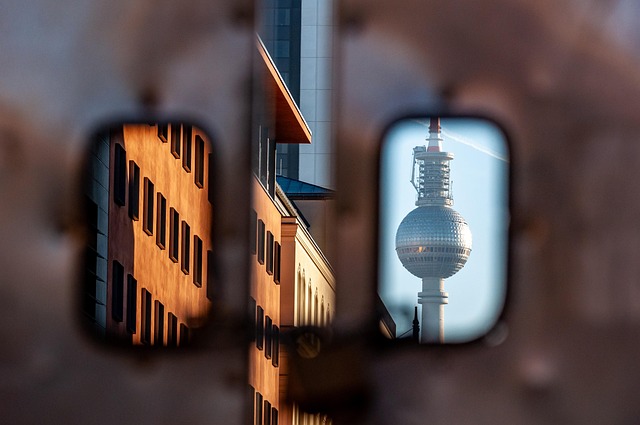
Karachi, Pakistan’s economic powerhouse, faces significant challenges in its road infrastructure, impacting the daily lives of its residents and hindering urban mobility. The bustling metropolis, known for its vibrant streets, struggles with an aging road network that hasn’t kept pace with the city’s rapid growth. Cracked pavements, narrow lanes, and inadequate signage pose risks to drivers, pedestrians, and traffic flow.
These issues are exacerbated by frequent heavy rainfall, which often leads to flooding and further deteriorates Karachi’s roads. The lack of proper maintenance and timely repairs has resulted in a fragmented road system, causing significant traffic congestion during peak hours. As the city continues to grow, addressing these challenges is crucial to ensure safer and more efficient transportation, enhancing the overall quality of life for its diverse population.
Impact of Rapid Urbanization on Roads in Karachi

Karachi, as one of Pakistan’s most populous cities, has witnessed rapid urbanization in recent decades, which has significantly impacted its road infrastructure. The surging population has led to a corresponding increase in vehicle ownership, resulting in heavier traffic congestion and strain on existing roads. This urban growth has often outpaced the development of an efficient road network, causing various challenges for both residents and commuters.
The expansion of Karachi’s metropolitan area has led to haphazard development, with dense residential and commercial areas sprouting up without proper consideration for road planning. The lack of strategic road design and inadequate maintenance have contributed to poor traffic flow, increased pollution, and reduced safety standards. As the city continues to grow, addressing these issues becomes increasingly crucial to ensure a sustainable and efficient transportation system in Karachi.
Efforts Towards Improving Road Conditions in Karachi
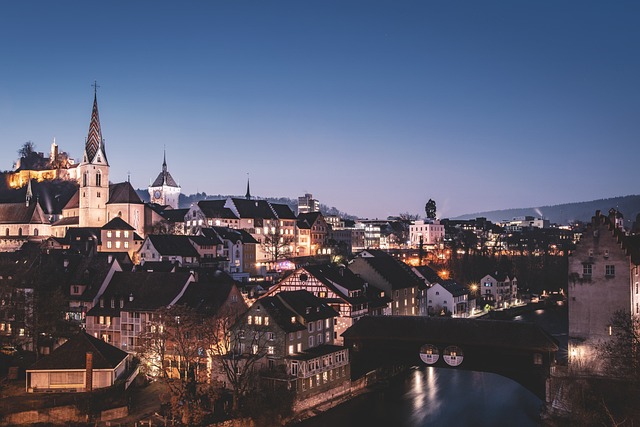
Karachi, as Pakistan’s economic powerhouse, faces significant challenges in maintaining optimal road conditions. The city’s dense population and rapid urbanization have put immense pressure on its infrastructure, resulting in potholes, inadequate drainage systems, and traffic congestion. However, various initiatives are underway to address these issues.
The government, in collaboration with private sector partners, has launched multiple projects aimed at enhancing road connectivity and safety. These efforts include the reconstruction of major thoroughfares, installation of advanced traffic signal systems, and implementation of intelligent transportation solutions. Additionally, there’s a focus on improving street lighting and adding pedestrian-friendly features to make travel safer and more accessible for all residents of Karachi.
Future Prospects for Enhancing Karachi's Road Network
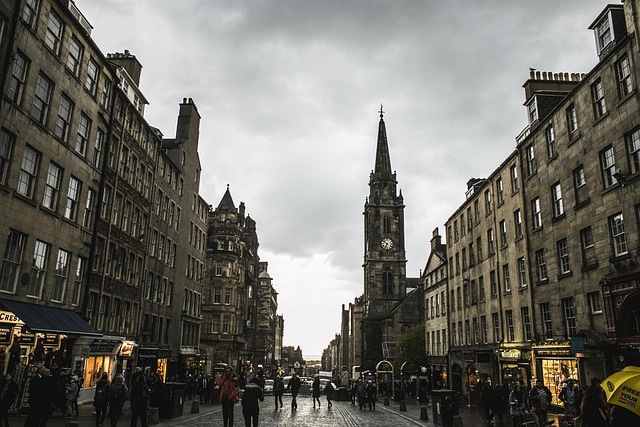
Karachi, as Pakistan’s economic powerhouse, faces significant challenges in maintaining and enhancing its road network to meet the growing demands. The future prospects for improving Karachi’s roads lie in adopting innovative solutions and sustainable practices. Intelligent transportation systems (ITS) can play a pivotal role by optimizing traffic flow through real-time data analysis, reducing congestion, and enhancing safety. Smart urban planning, including dedicated lanes for public transport and cycling infrastructure, can foster more efficient mobility options, reducing the reliance on private vehicles.
Additionally, investing in resilient road construction techniques, such as advanced pavement technologies and drainage systems, will ensure longer-lasting roads capable of withstanding Karachi’s unique environmental conditions. Integrating green infrastructure, like sustainable drainage systems and vegetative pavements, can further mitigate flooding and urban heat island effects. By focusing on these future prospects, Karachi can aspire to become a model for smart and sustainable urban mobility, enhancing the overall quality of life for its citizens.
Karachi’s road conditions, shaped by its historical context, rapid urbanization, and ever-evolving infrastructure needs, present both challenges and opportunities. The city’s past has laid a complex foundation, while its dynamic nature demands sustainable solutions. Despite the challenges, concerted efforts are underway to improve road infrastructure, suggesting a promising future for Karachi’s road network. By leveraging innovative technologies and strategic planning, the prospect of enhancing mobility and connectivity in this bustling metropolis is within reach, ensuring a smoother journey for all its residents and visitors alike.
